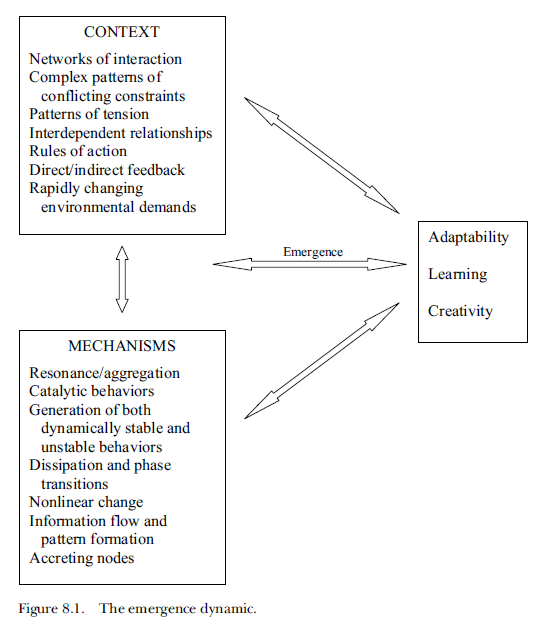The Inherent Conflict in Motivation Theory
Motivation theory has been around for multiple decades and has been reflected on by hundreds of authors over a wide span of influence. Behavioral Psychologists have used animal studies with primates and other species to extrapolate motivational theory for humans. Many research projects and meta-analyses have considered the implications of various forms of treatments and their impact on motivation. Despite this rigorous study from multiple disciplines, the results of our efforts continue to confound us. A prime example is the Strathclyde University study that failed to find any support for a mainstay of motivational practices when considering reward systems in 63 organizations. No support for contingency theory could be found in this study, which has been described as the largest and most detailed of its kind (Bowey, 2005). Despite this, contingent rewards are still the cornerstone of the business world and continue to develop in the form of spiraling wages (or reduction of hours associated with wage), fringe benefits, or any number of creative incentives aimed at propelling a work force toward both stability and performance (Herzberg, 2003).
Harlow, Harlow, and Meyer (1950) laid a foundation for an alternative theory to standard contingent theory when they found in their experiments with monkeys that motivation in fact existed in absence of any of the typical extrinsic incentives typically associated with performance. The complexity of the problem itself in the form of a puzzle created a manipulation drive that was studied prior to any reward structure being introduced. This study caused them to conclude that manipulation drive was as powerful as homeostatic drives that are related to satisfying unrelated needs (food, etc.).
Deci, Koestner, and Ryan (1999) pursued a large meta-analysis of 128 studies to reflect on the interaction of extrinsic rewards and intrinsic motivation. Their analyses indicated that the effect of all tangible rewards led to significant undermining of intrinsic motivation, no matter what measure was used. The implications of this are profound and consistent with Herzberg (2003) where he postulates that extrinsic rewards simply reinforce motivation toward acquiring the next reward, and not toward greater degrees of accomplishment.
Pink (2009) confirms that intrinsic motivators have superior power over extrinsic rewards and can be found through three principles: autonomy, mastery, and purpose. The following video demonstrates how this is instrumental in developing deeply personal goals.
Two questions that can change your life from Daniel Pink on Vimeo.
Herein lies the rub. In the current age, we seek greater accomplishment of task and insight into innovation and creativity while holding on to industrial age methodologies for eliciting quantity of performance rather than quality. By virtue of this, motivational insights that uncover the intellectual dynamics involved in encouraging complex cognitive tasks are critical to the next age of human enlightenment.
References
Bowey, A. (2005). Motivation: The art of putting theory into practice. European Business Forum, (20), 17-20.
Deci, E. L., Koestner, R., & Ryan, R. M. (1999). A meta-analytic review of experiments examining the effects of extrinsic rewards on intrinsic motivation. Psychological Bulletin, 125(6), 627-668.
Harlow, H. F., Harlow, M. K., & Meyer, D. R. (1950). Learning motivated by a manipulation drive. Journal of Experimental Psychology, 40(2), 228-234.
Herzberg, F. (2003). One more time: How do you motivate employees? Harvard Business Review, 81(1), 86.
Pink, D. (2009). Drive : The surprising truth about what motivates us. New York: Riverhead Books.
